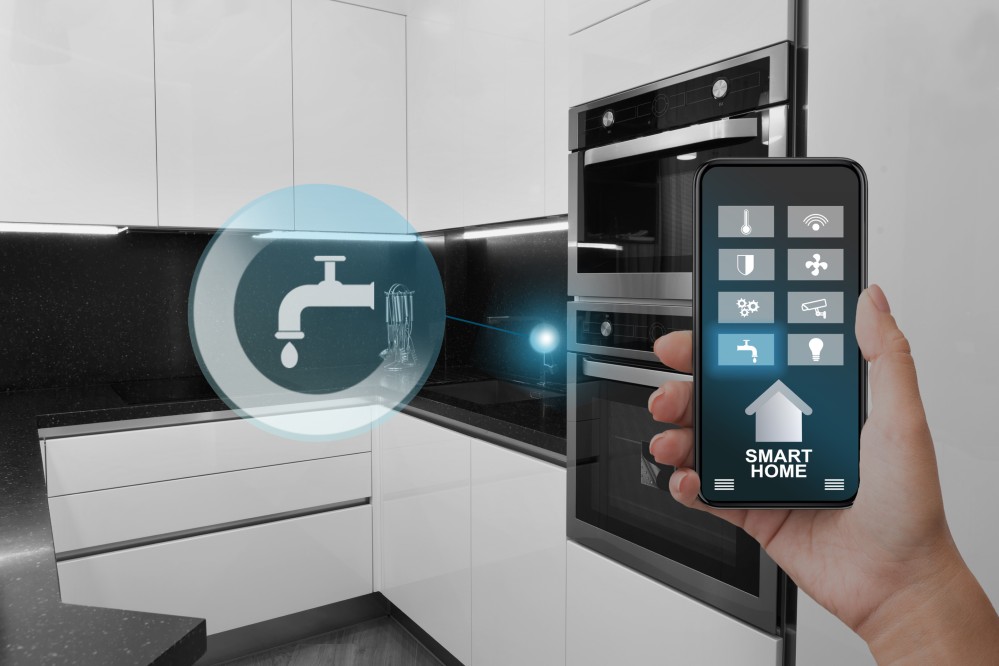
Reduce Water Consumption: Smart Strategies for Tech Pros
Share
Understanding the Importance of Reducing Water Consumption
For tech professionals and enthusiasts, the idea of reducing water consumption might seem far removed from the digital landscapes they navigate daily. However, with the ever-increasing pressure on global water resources, the need to integrate sustainable practices into all aspects of life, including technology, becomes critical. The ability to reduce water consumption can lead to significant environmental and economic benefits a topic of growing importance in todays tech-savvy world.
As the primary focus of this article, we will explore how tech professionals can actively participate in water conservation efforts. With innovative solutions, not only can they enhance their environmental footprint, but they can also drive change within their organizations and the communities they serve.

How Technology Can Help Reduce Water Consumption
Technology is a powerful tool for addressing global challenges, and water conservation is no exception. By leveraging smart technologies, tech professionals can make a substantial impact. The Internet of Things (IoT) plays a pivotal role here, offering a slew of devices and applications designed to reduce water consumption. From smart irrigation systems to leak detection sensors, these technologies can optimize water use efficiency.
For instance, IoT-enabled smart meters provide real-time data on water usage, allowing users to identify patterns and areas of wastage. This data-driven approach not only promotes conscious consumption but also helps in setting actionable goals for water savings.
Smart Home Devices and Their Contribution
In the realm of smart home technology, devices such as intelligent showerheads and faucets are revolutionizing how we use water in our daily lives. These devices can automatically adjust water flow based on usage needs, ensuring minimal wastage. Additionally, smart home hubs allow users to monitor and control water use remotely, providing both convenience and conservation.
For those interested in integrating such technologies, our article on water-efficient appliances provides a comprehensive guide to choosing the right products for your home. By embracing these innovations, tech professionals can not only reduce their personal consumption but also advocate for broader adoption within their networks.
Corporate Responsibility and Water Conservation
Beyond individual efforts, companies in the tech sector have a responsibility to lead by example in the water conservation movement. By implementing water-saving technologies and policies within their operations, tech companies can significantly reduce water consumption, thereby setting a benchmark for sustainability.
One effective strategy is the incorporation of water recycling systems, which can drastically cut down on water usage. Our discussion on water reuse and recycling delves into how these systems work and their benefits. By investing in these technologies, companies can reduce costs and enhance their sustainability credentials.
Employee Engagement in Sustainability Initiatives
Engaging employees in sustainability initiatives can further amplify a companys efforts to conserve water. By fostering a culture of conservation, organizations empower their workforce to make environmentally conscious decisions.
Initiatives like eco-friendly hackathons or water conservation challenges not only encourage innovation but also instill a sense of responsibility among employees. For more ideas on engaging employees, visit our article on eco-friendly water solutions.
Practical Steps for Individuals to Reduce Water Consumption
While technology provides the tools, individual action is equally crucial in reducing water consumption. Simple changes in daily habits can lead to significant savings. For example, turning off the tap while brushing teeth or installing low-flow fixtures can contribute to reduced water use.
For those seeking more practical tips, the EPAs WaterSense program offers numerous resources on water-saving techniques suitable for home and office environments.
Community Engagement and Advocacy
Finally, tech professionals can extend their impact by becoming advocates for water conservation within their communities. Whether its through educational workshops or participating in local conservation projects, there are many ways to get involved.
By promoting awareness and sharing knowledge, tech enthusiasts can inspire others to join the cause, creating a ripple effect of change. For insights on community-based water conservation efforts, check out our post on conserving water in agriculture.
Conclusion
In summary, the quest to reduce water consumption is a collective responsibility that extends beyond traditional environmental spheres, reaching into the heart of the tech industry. By leveraging technology and fostering a culture of conservation, tech professionals can drive significant change.
As we continue to innovate and evolve, let us not forget the importance of sustainability. By integrating these practices into our personal and professional lives, we can pave the way for a more sustainable future.

Frequently Asked Questions
How can tech companies implement water-saving solutions?
Tech companies can invest in water recycling systems, use smart technology for monitoring and controlling water usage, and engage employees in sustainability initiatives to effectively reduce water consumption.
What are some easy ways to save water at home?
Simple actions like installing low-flow fixtures, using smart home devices to monitor usage, and practicing conscious habits such as turning off the tap while brushing teeth can significantly reduce water consumption.
How can technology help in water conservation?
Technology aids water conservation through smart irrigation systems, IoT-enabled devices for real-time monitoring, and data-driven insights for optimizing water use efficiency.
